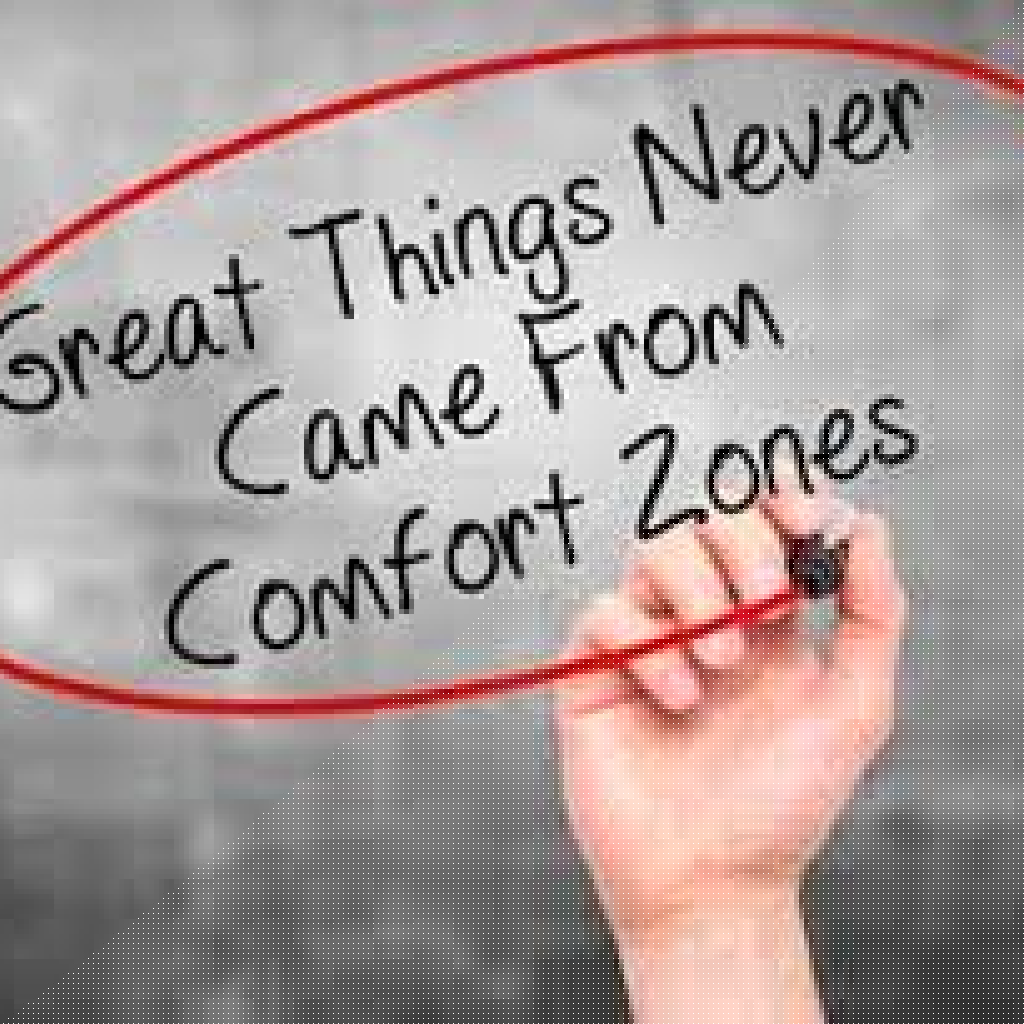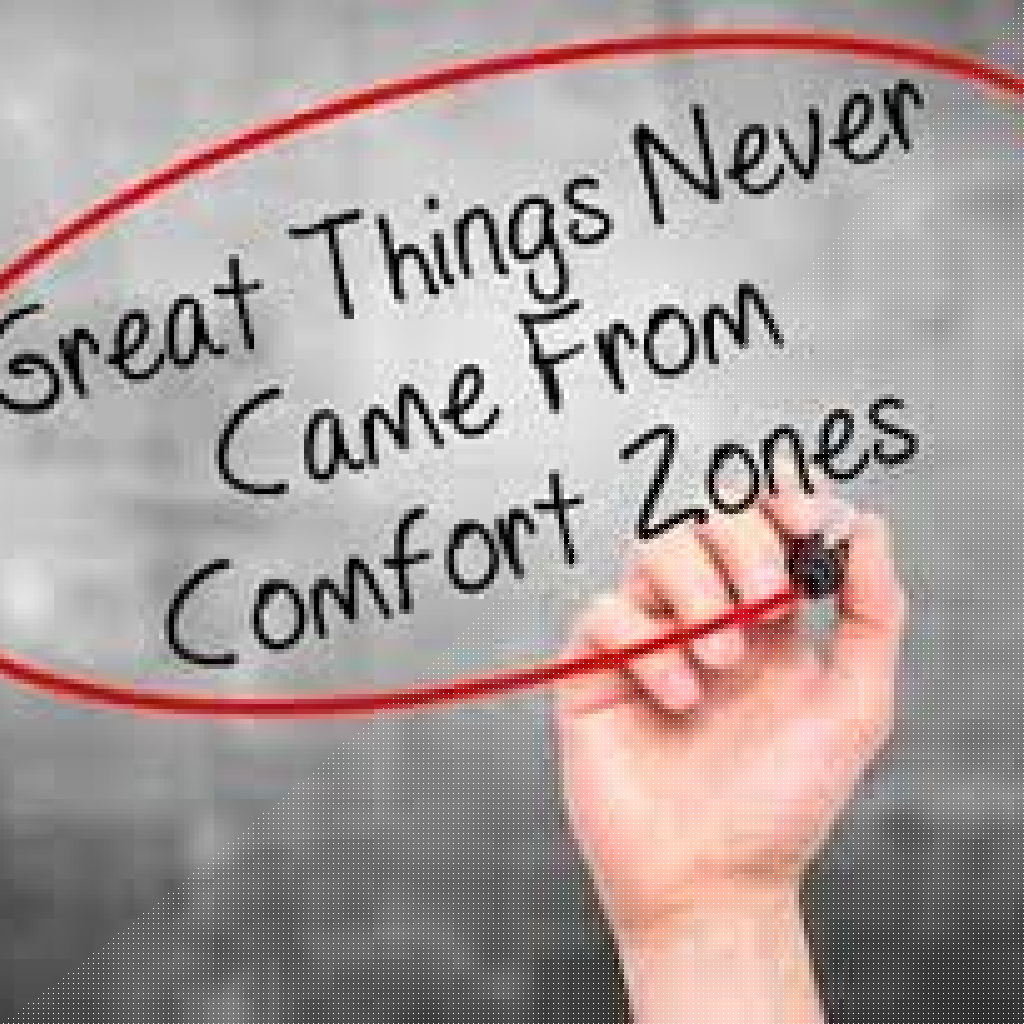Key Takeaways:
- Effective management practices involve nurturing workplace relationships to enhance team performance.
- Strategies for employee development, such as training and motivation techniques, lead to improved business outcomes.
In today’s fast-paced corporate environment, effective business communication is more crucial than ever. Managers must master clear and concise communication to enhance performance, build relationships, and foster teamwork within their organizations. This article examines practical methods that leaders can implement to streamline communication processes and ultimately drive employee engagement and productivity.
Understanding Effective Communication in Management
Effective communication in management establishes the foundation for all successful interactions within a company. Miscommunication can lead to confusion, decreased morale, and unproductive work environments. To prevent such outcomes, managers must ensure clarity in their messages and adaptability in their communication styles.
Employing different communication approaches can cater to varying team dynamics and individual preferences. For instance, while some employees thrive in traditional face-to-face communications, others may prefer digital messages for clarity and record-keeping. Thus, it’s vital for managers to gauge their team’s communication preferences and adapt accordingly.
Why is Clear Communication Essential for Managers?
Clear communication is key for several reasons:
- Enhanced Team Performance: Clarity in objectives, tasks, and feedback improves operational efficiency.
- Increased Employee Engagement: When managers communicate effectively, employees feel valued, fostering engagement and commitment.
- Stronger Relationships: Open lines of communication build trust, paving the way for more robust workplace relationships.
What are the Best Practices for Business Communication?
Managers can adopt several best practices to improve business communication processes:
-
Active Listening: This skill is paramount for effective management communication. Active listening involves fully concentrating, understanding, and responding to what others are saying. Managers should encourage open dialogues where employees feel heard and valued.
-
Regular Feedback: Offering constructive feedback helps employees understand their strengths and areas for improvement. Implementing regular check-ins and performance reviews is a great way to share feedback and reinforce desirable behaviors.
-
Clarity and Conciseness: Strive to communicate in a straightforward manner. Avoid jargon or over-complicated messages. Instead, present information in bullet points or enumerated lists for clearer understanding.
-
Utilize Multiple Channels: Access to various communication tools— emails, online platforms, face-to-face meetings— gives managers the flexibility to choose the most appropriate channel for their messages.
-
Encourage Questions: Create an environment where team members feel comfortable seeking clarification. Posing questions can lead to deeper understanding and better collaboration.
The Role of Technology in Communication
In the digital age, technology has revolutionized business communication. Understanding how to leverage various tools effectively is essential for today’s managers. Technologies such as collaborative software, instant messaging, and video conferencing can enhance team communication and accessibility, especially in remote or hybrid work environments.
However, it’s essential to strike a balance between utilizing technology and not losing the personal touch in communication. While tools enhance efficiency, nothing can substitute the value of personal interaction when it comes to fostering relationships.
How Can Managers Foster a Positive Communication Culture?
Building a culture of open communication demands consistent effort from managers. Here are a few strategies to create such an environment:
-
Set Communication Norms: Establish clear guidelines for communication such as response times for emails or expectations during team meetings to enhance transparency.
-
Lead by Example: Managers should model the communication behaviors they wish to see in their teams. Being approachable and honest sets the tone for open communication.
-
Empower Employees: Encourage employees to voice their opinions, ideas, and feedback. Implementing suggestion boxes or anonymous surveys can facilitate providing input without fear.
What Role Does Feedback Play?
Feedback is vital for personal growth within organizations. Regularly soliciting and providing feedback can significantly enhance performance and strengthen relationships. Managers should view feedback not as criticism but as an opportunity for development.
A helpful method of providing feedback is the sandwich approach: start with positive reinforcement, address areas for improvement, and conclude with encouragement. This method not only softens the blow of criticism but also motivates employees to improve.
Conclusion
In summary, improving business communication is an ongoing process that demands attention and adaptability from managers. By implementing strategies such as active listening, regular feedback, using multiple communication channels, and fostering a positive communication culture, managers can enhance team dynamics and ultimately drive better performance. The ability to communicate effectively across various settings not only aids in personal development but also establishes stronger workplace relationships, contributing to overall business success. Remember, effective communication is not just about conveying information but also entails creating an environment where employees feel valued and engaged.













